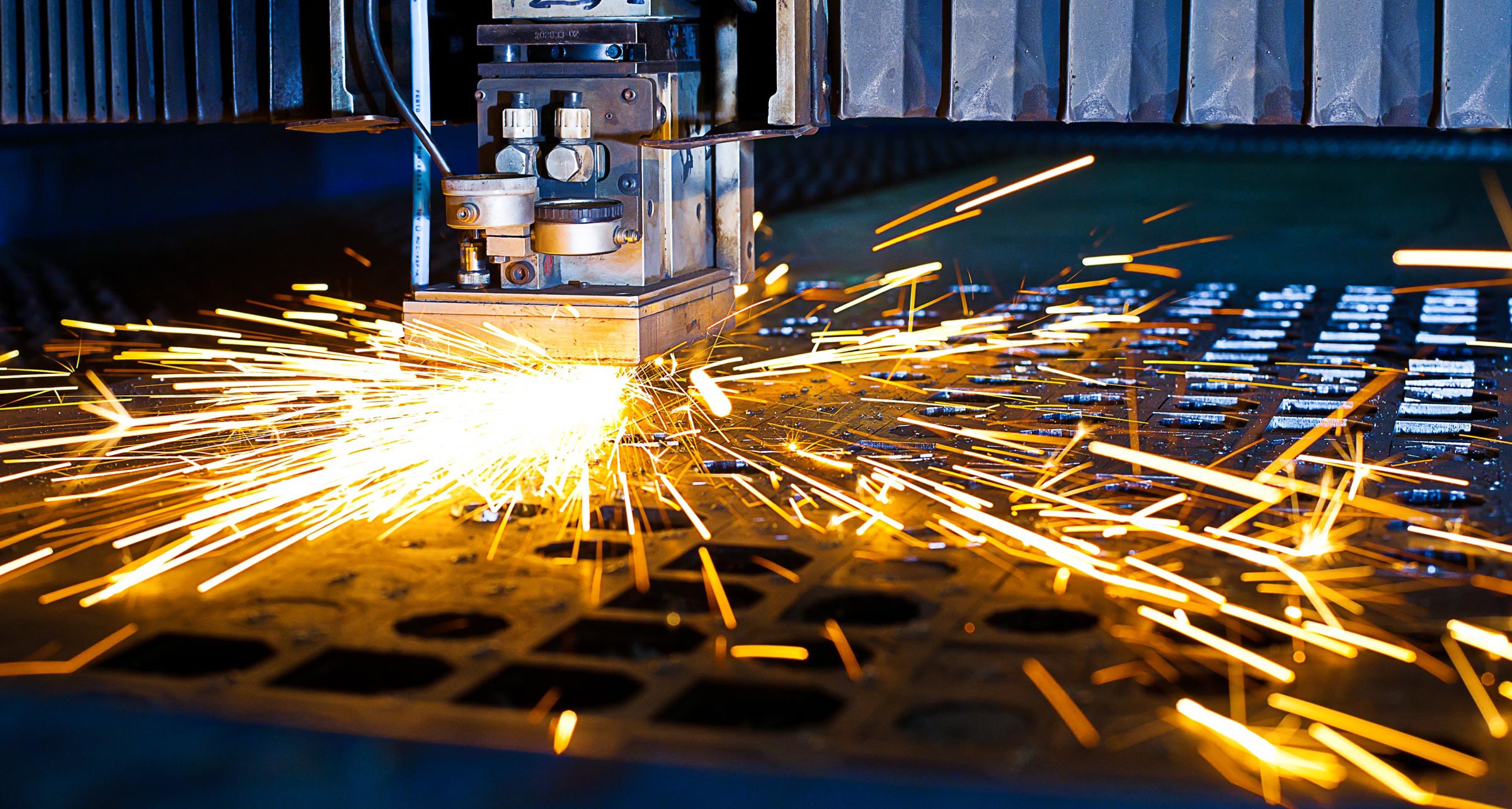
Board Chairman Micheal Mundashi and BAT Zambia have come a short way from their announcement on 27 February 2018 were his company secretary Valentine Kabonga sadly informed shareholders that the company expected to record a loss before tax of approximately ZMW 14,973,000 for the year ended 31 December 2017. Fast forward 6 months and investors waited with baited breath for the half year results for 2018 financial year and they did not disappoint.
But before we delve into how CEO Godfrey Machanzi and his management team turned around the fortunes of BAT (spoiler alert!), it’s important to remember where the tobacco company was coming from.
We had earlier published (see search results on FiZ) some of the challenges that company faced in the wake of illicit cigarettes and hostile levies (high excise duty on imported finished tobacco products). However, a review of most of the statements coming out of the company saw them under play the impact of legitimate competition. But that’s another story.
Management’s decision to manufacture local is now beginning to yield positive results on their top line (that top part of the income statement that recognizes revenue). They are achieving this through the opening of a factory that brings parts of their value chain on local soil at the Lusaka Multi facility Economic Zone which cost them an estimate USD 15 million plus to set up.
Evidence of the change in strategy was identified in their August 3rd statement to shareholders that advised them “that the Earnings Per Share and Headline Earnings Per Share for the half-year ended 30th June 2018 are expected to be at least 1000% better than that for the half-year ended 30th June 2017”.The company attributed the movement in profitability to the 58% increase in sales volume for the first six months of the year. The management team believe this was facilitated by their ability to price more competitively with the preferential excise regime for local manufacturers.
Evidence that they are now producing local has never been sweeter. The company confirmed this by stating that they had realised benefits of Local Manufacturing which commenced in the last quarter of 2017.
An analysis of the unaudited financials at half year 2018 showed a 9% drop in revenue from the previous year. However, this did not dent their underlying performance. Operating profit improved by 1063%. With no tax expense to speak of, profit attributed to shareholders was up by 2962% (a return to positive territory from a negative recorded a year ago). With earnings per share (EPS) at 0.02, at this rate we estimate forward EPS at year end will be 0.04. In addition, with profitability being partly aided by the 58% increase in sales volume, local manufacturing has yielded the benefits of an accommodating tax regimes for “Made in Zambia” products.
On the operations side, cash generated from operating activities for the period saw a reduction by 43%. The company attributed this to the settlement of most of their short term liabilities that were due to key suppliers. This was made possible following the boost in working capital following the acquiring of an intercompany loan intended to ease pressure on cash flows during the continued construction of the factory which is nearing completion. This is a common occurrence with group companies which support each other with CAPEX funding.
In a show of good faith, the company also included a statement on their contribution to the Government Treasury. This is often not common in quarterly or annual reports. They indicated that the company contributed ZMW 26.8 million (2017: ZMW 50.67 million) which represented a reduction of 47% with anticipation that this will increase with the conclusion of the factory and the expiry of the current tax holiday being enjoyed during the investment period.
We believe making this statement was important for the management team as it continues to engage government on the losses that the treasury is faced with in the era of continued illicit trading. This was reiterated recently when the Board Chairman made a statement that government has lost at least ZMW 400 million in just a 3 year period due to illicit tobacco trade that continues to plague the industry. In should, government is on notice that it will continue losing money if they do not put in measures to curb the scourge.
If shareholders are anticipating a dividend, they may have to wait. The company is projected to have a healthier profit margin at year end. However, the company has a long term strategic focus that includes completing the factory project before recommencing with distribution of profits to shareholders. Shareholders must also be in the know regarding the silver bullet they signed with Zambia Development Agency called the Investment Promotion and Protection Agreement (IPPA). This agreement ring fences their investment in the LSMFEZ for the long term (tax incentives are just one of the benefits). This is why investment in company shares must always be view in the context of the long term. Mundashi and team look poised for smoking success.





